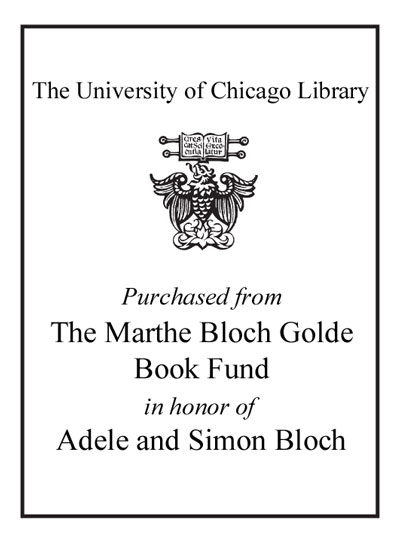Review by Choice Review
It is not an exaggeration to state that Americans in the early 19th century viewed property as belonging to the private sphere. The idea of government, or any one else, formally limiting land use was totally anathema. A second, closely tied attitude was the overwhelming belief that change was good. This very well written and well-argued work traces how the change of attitude about preserving both open spaces and buildings, public and private, came about. Halloran's main focus is on Boston in the mid- to late 19th century, a period in which Boston was undergoing major change, particularly in its downtown area. Some of the city's elite felt that the loss of either historic open space or historic buildings was damaging to the image of the city. The author traces, on a case by case basis, how the early movement toward historic preservation overcame resistance, frequently from property owners. From historic preservation the next step was landmark preservation. The institutionalization of this movement followed. General readers; upper-division undergraduates and above. I. Cohen; formerly, Illinois State University
Copyright American Library Association, used with permission.
Review by Choice Review

